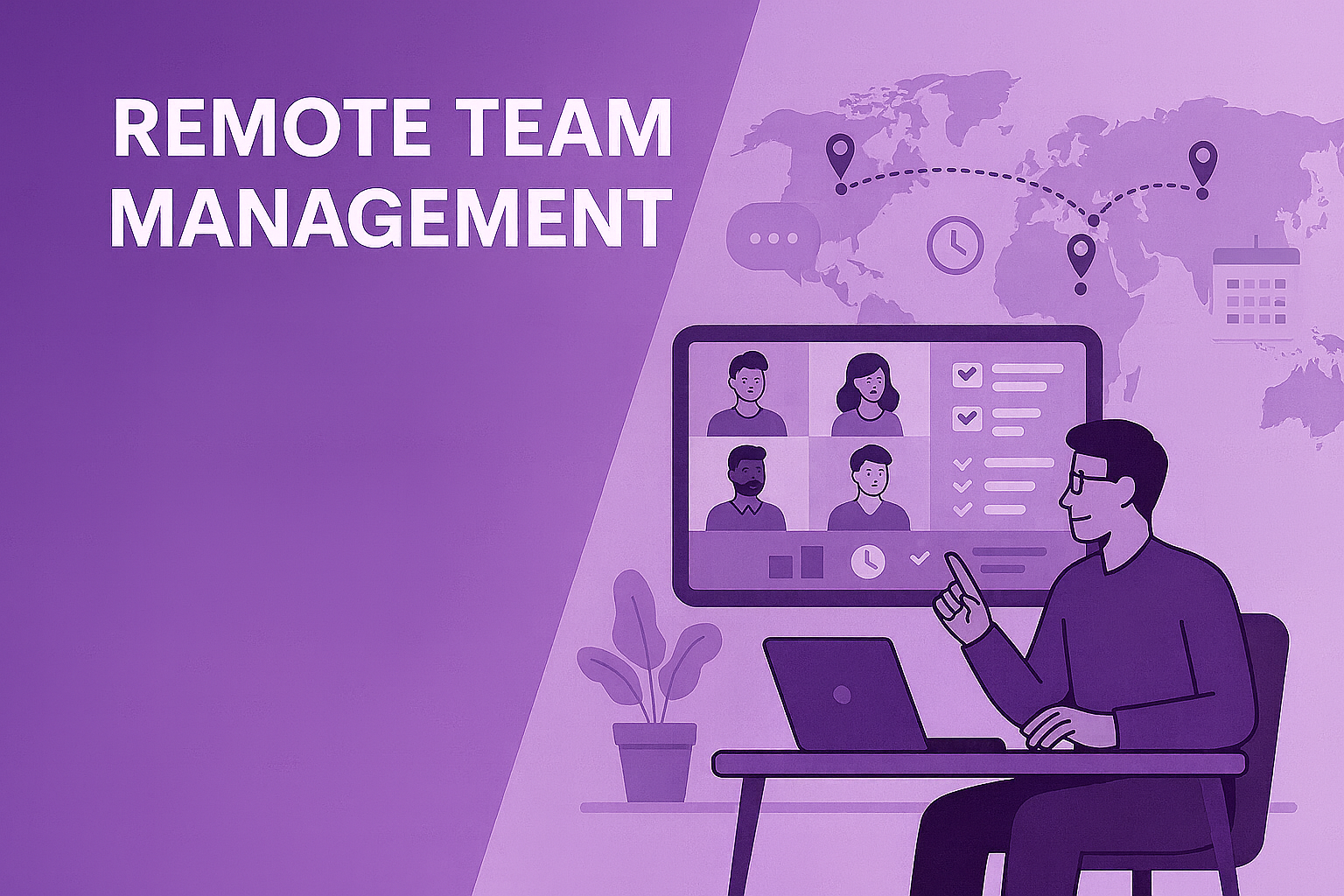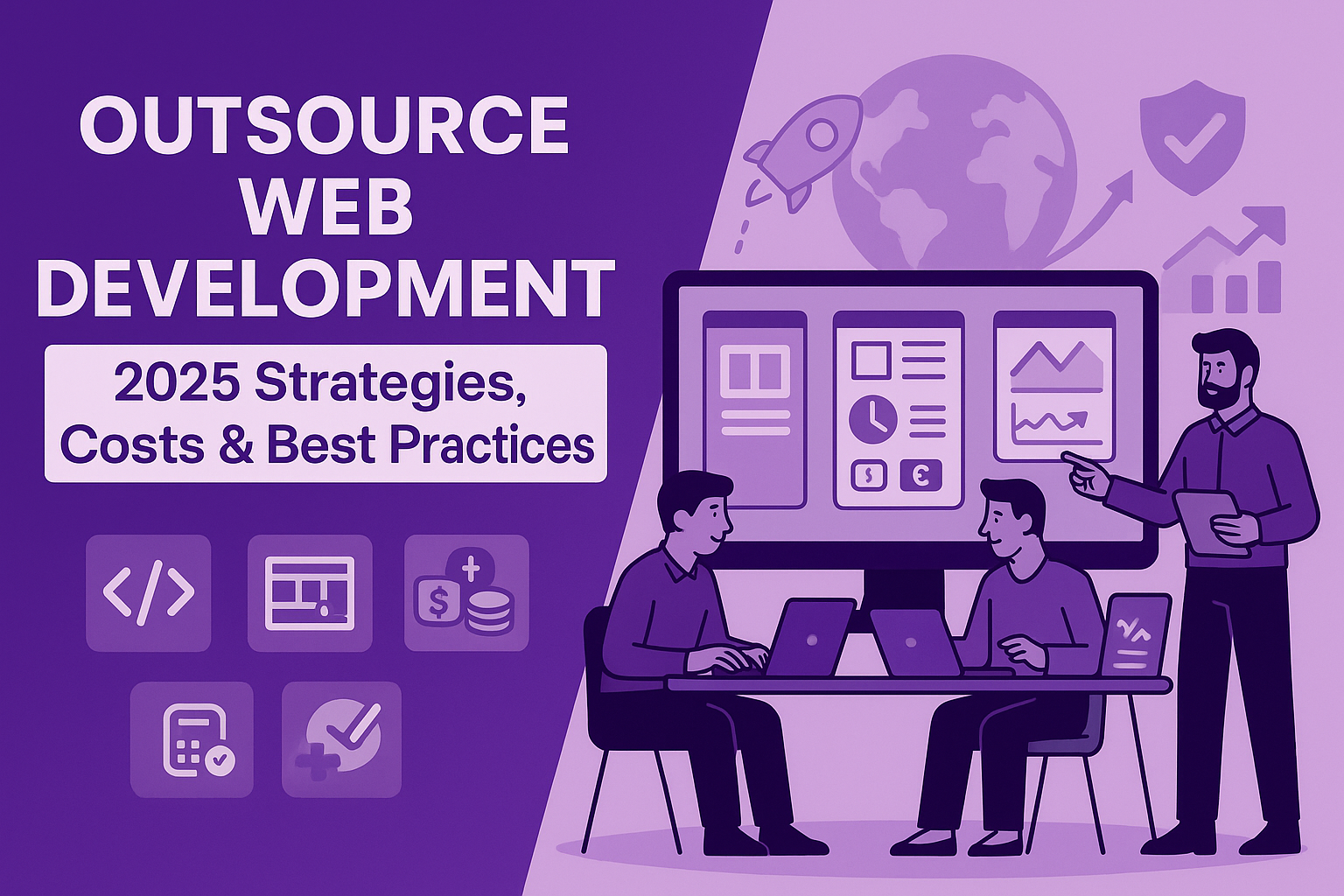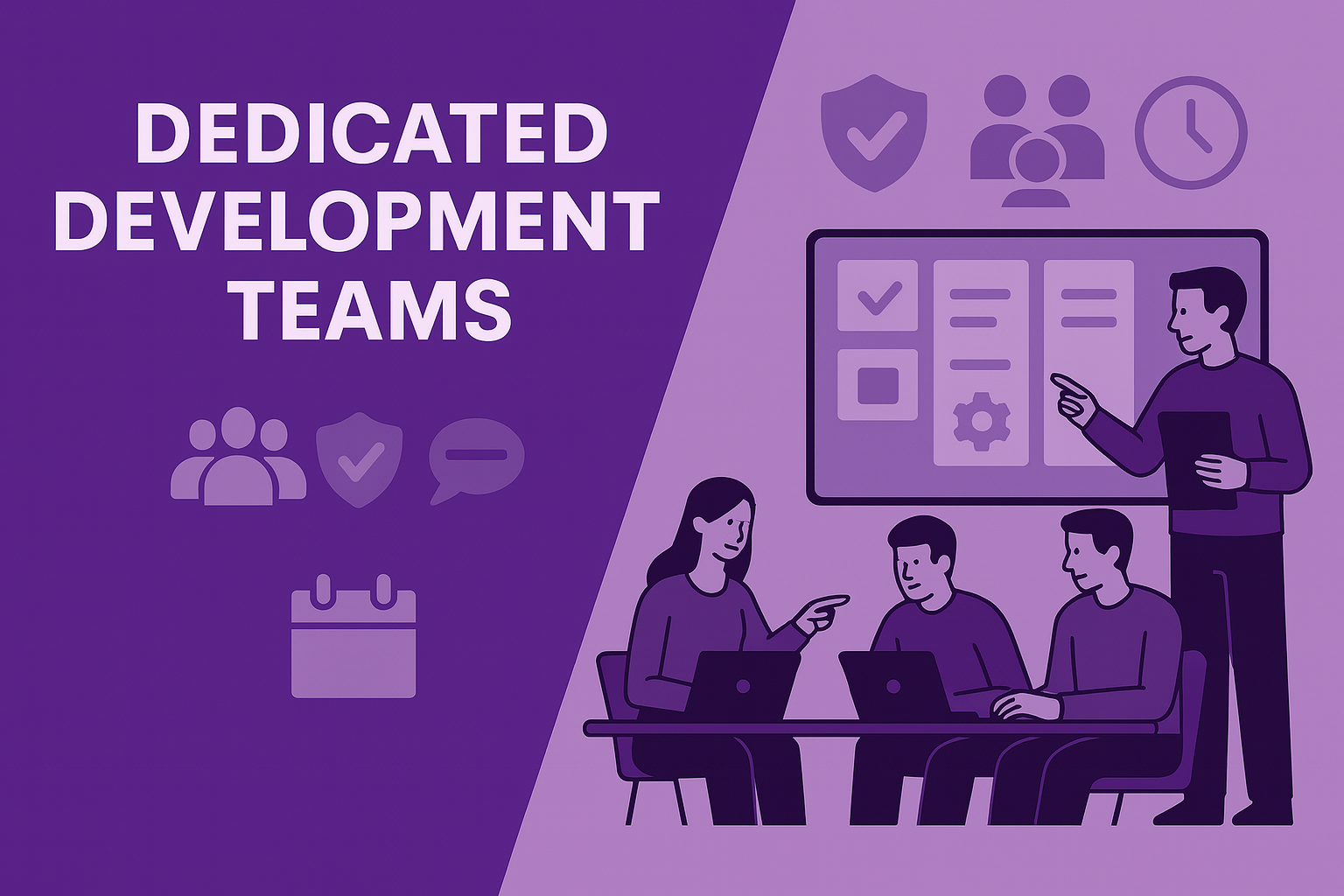Remote development team management has become mission-critical for 89% of software companies, with distributed teams now delivering 40% faster time-to-market when properly managed. Whether you're implementing staff augmentation vs outsourcing strategies or building dedicated development teams, mastering remote team management determines project success and business growth.
Bottom Line Up Front: Effective remote team management combines structured communication protocols, performance-driven processes, and cultural integration strategies to achieve 25-35% higher productivity than traditional co-located teams. Success requires intentional leadership, robust toolchains, and systematic approaches to collaboration and accountability.
What is Remote Development Team Management?
Remote development team management encompasses the strategies, processes, and tools needed to lead distributed software development teams effectively. Unlike traditional in-office management, remote team leadership requires deliberate approaches to communication, collaboration, performance monitoring, and cultural integration across geographic and temporal boundaries.
Core elements of remote team management include:
- Structured communication frameworks ensuring clarity and alignment
- Performance measurement systems tracking productivity and quality metrics
- Cultural integration strategies building team cohesion and shared values
- Technology infrastructure supporting seamless collaboration and development
- Process standardization maintaining consistency across distributed workflows
Modern remote team management emerged from the convergence of cloud technologies, agile methodologies, and globalized talent markets. Leading companies like GitLab, Automattic, and Buffer have proven that remote teams can outperform traditional office-based organizations when managed with intentional leadership and systematic approaches.
How Does Remote Team Management Work in Practice?
Communication Architecture and Performance Systems
Synchronous and Asynchronous Balance Effective remote team management balances real-time collaboration with asynchronous productivity. Establish core overlap hours when all team members are available for critical discussions, daily standups, and collaborative problem-solving sessions. European development teams often provide optimal timezone alignment for Western businesses.
Performance Monitoring and Accountability Remote team management requires measurable performance indicators that focus on outcomes rather than activity. Track code commits, feature delivery rates, bug resolution times, and code quality metrics to maintain accountability while respecting remote work flexibility.
Quality Assurance Integration Remote teams benefit from robust QA processes including automated testing, code review standards, and continuous integration practices. These systems maintain quality standards while reducing coordination overhead across distributed team members.
Why is Remote Team Management Critical for Success?
Productivity and Strategic Advantages
Enhanced Focus and Global Talent Access Remote development teams often achieve superior productivity through reduced interruptions and enhanced focus time. Studies show that remote developers spend 40% more time in deep work states, leading to higher code quality and faster feature development when properly managed.
Cost Efficiency and Scalability Well-managed remote teams provide significant cost advantages including reduced office overhead, expanded talent pool access, and optimized resource allocation. Bulgarian development teams offer particularly attractive cost-quality ratios with EU compliance.
Risk Mitigation and Innovation Enhancement Distributed teams provide natural disaster recovery and business continuity benefits while bringing diverse perspectives that enhance innovation and problem-solving capabilities.
How Do You Build Effective Remote Team Management Systems?
Foundation Setting and Operational Excellence
Step 1: Communication Standards Development Establish comprehensive communication guidelines covering response time expectations, meeting protocols, documentation standards, and escalation procedures for urgent issues and decision-making bottlenecks.
Step 2: Technology Infrastructure Implementation Implement integrated tool ecosystems supporting collaborative development environments, project management platforms with transparency features, communication tools for both synchronous and asynchronous collaboration, and performance monitoring systems.
Step 3: Cultural Integration and Team Building Develop intentional culture-building practices including virtual team building activities, shared value definition, recognition systems, and professional development programs supporting career growth and skill advancement.
Step 4: Performance Optimization Systems Create systematic approaches to performance improvement including skill gap analysis, training program development, and regular feedback cycles that ensure continuous improvement and team member satisfaction.
What Tools Are Essential for Remote Team Management?
Core Technology Stack
Communication and Collaboration Platforms
- Slack or Microsoft Teams: Organized channel structure for different topics and projects
- Zoom or Google Meet: High-quality video calls with recording capabilities
- Loom: Asynchronous video messaging for detailed explanations
Development and Project Management Tools
- Jira or Linear: Comprehensive issue tracking and sprint management
- GitHub or GitLab: Version control with integrated collaboration features
- VS Code Live Share: Real-time collaborative coding and debugging
Monthly costs for remote team management tools typically range from $30-120 per team member, including communication platforms, project management software, development tools, and security solutions.
Which Remote Team Management Challenges Should You Expect?
Communication and Performance Challenges
Time Zone Coordination and Information Sharing Challenge: Scheduling meetings across multiple time zones creates coordination complexity and can lead to information silos without intentional sharing mechanisms. Solution: Establish core overlap hours for critical activities and implement comprehensive documentation standards with regular knowledge sharing sessions and searchable information repositories.
Performance Monitoring and Team Engagement Challenge: Traditional management approaches focused on presence become ineffective, and remote team members may experience isolation or reduced engagement. Solution: Develop outcome-based performance metrics focusing on deliverable quality and business impact. Create intentional engagement programs including virtual team building, recognition systems, and regular one-on-one meetings focused on professional growth.
Quality Control and Accountability Challenge: Maintaining consistent code quality and development standards without direct physical oversight can be challenging. Solution: Establish comprehensive code review processes, automated quality checks, and regular architectural assessments with clear quality gates and acceptance criteria for all deliverables.
How Do You Scale Remote Team Management Successfully?
Growth Strategies and Advanced Practices
Systematic Onboarding and Standardization Develop comprehensive onboarding programs covering technical setup, cultural integration, and project context. Create detailed process documentation covering development workflows, communication protocols, and quality standards that become critical as teams grow.
Leadership Development and Cultural Maintenance Invest in management training specific to remote team leadership including communication skills, performance management techniques, and cultural integration strategies. Build strong remote culture through shared values, regular communication, and intentional relationship building.
Performance Optimization and Strategic Alignment Implement systematic approaches to performance improvement including regular retrospectives, process optimization, and technology upgrades. Maintain strong strategic alignment through regular planning sessions, goal setting, and progress reviews.
How Do You Measure Remote Team Management Success?
Key Performance Indicators and Success Metrics
Team Productivity and Delivery Metrics Monitor team effectiveness through sprint velocity consistency, feature delivery quality including defect rates, time-to-market performance compared to project timelines, and code quality indicators including review feedback and technical debt metrics.
Team Engagement and Communication Effectiveness Track team health through employee satisfaction surveys, retention rates and voluntary turnover analysis, professional development participation, and collaboration quality through meeting effectiveness scores and knowledge sharing metrics.
Continuous Improvement and Strategic Impact Conduct quarterly comprehensive assessments covering team performance, process effectiveness, and individual development. Regularly evaluate remote team contributions to business objectives and ensure remote management practices support overall business goals.
When Should You Implement Advanced Remote Management Practices?
Optimal Timing and Implementation Phases
Team Size and Complexity Thresholds Advanced remote team management becomes essential when teams exceed 5-7 members or span multiple time zones. Long-term projects lasting 6+ months or involving complex technical challenges benefit most from sophisticated remote management practices.
Implementation Strategy
- Phase 1 (Months 1-2): Establish basic communication protocols, tool selection, and team integration processes
- Phase 2 (Months 3-4): Refine processes based on team feedback and implement advanced features
- Phase 3 (Months 5+): Deploy sophisticated management practices including advanced performance monitoring and strategic planning processes
Conclusion: Mastering Remote Development Team Management
Remote development team management represents a fundamental shift in leadership approach requiring new skills, tools, and systematic thinking. Success depends on intentional communication, performance-focused management, and cultural integration strategies that leverage remote work advantages while mitigating coordination challenges.
Critical success factors include:
- Structured communication protocols with clear expectations and documentation standards
- Outcome-based performance management focusing on deliverables and business impact
- Intentional culture building through systematic relationship development and shared values
- Technology infrastructure supporting seamless collaboration and development workflows
- Continuous improvement practices adapting to team needs and industry evolution
Organizations mastering remote team management gain significant competitive advantages including access to global talent, enhanced productivity, and improved business resilience. The investment in developing these capabilities provides long-term strategic value as remote work becomes increasingly prevalent across the software industry.
Ready to optimize your remote team management approach? Contact Cleverix to learn how our experienced remote development teams and proven management methodologies can accelerate your project success while maintaining exceptional quality standards.





